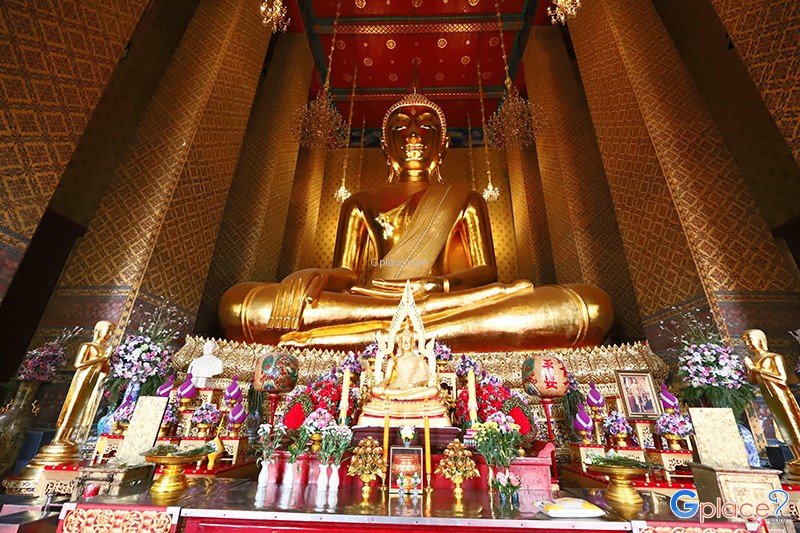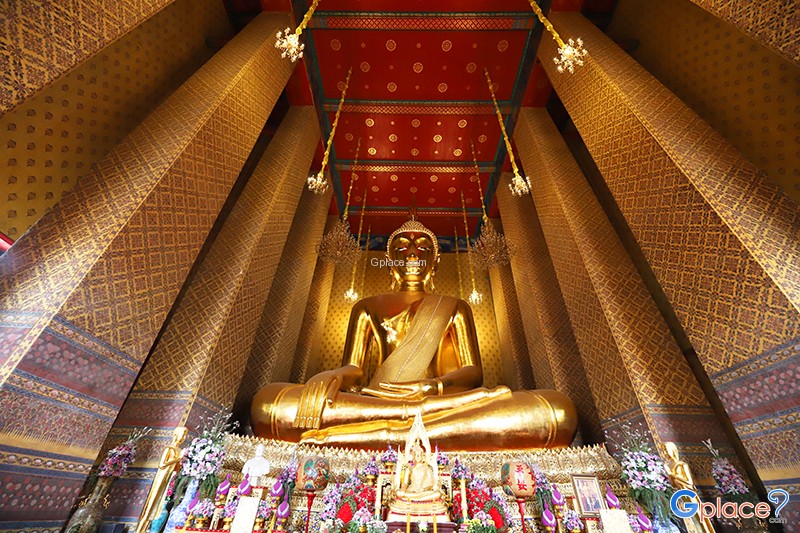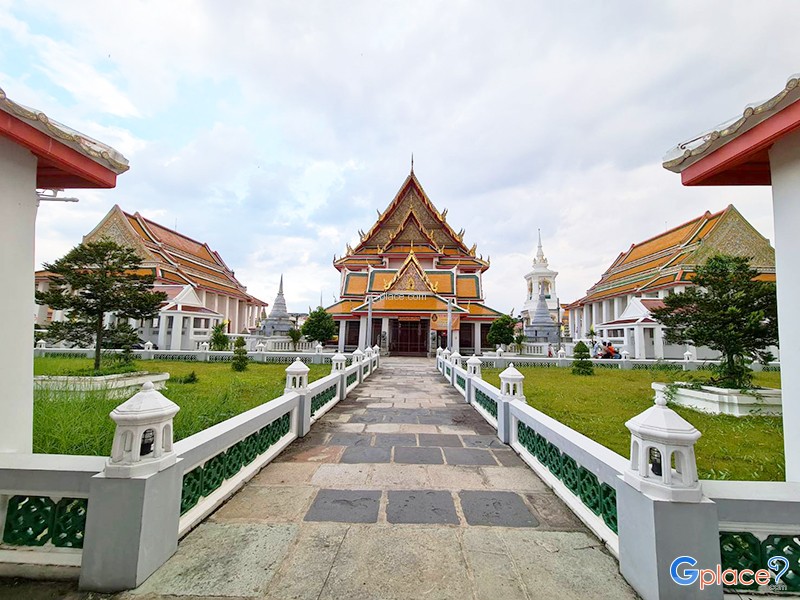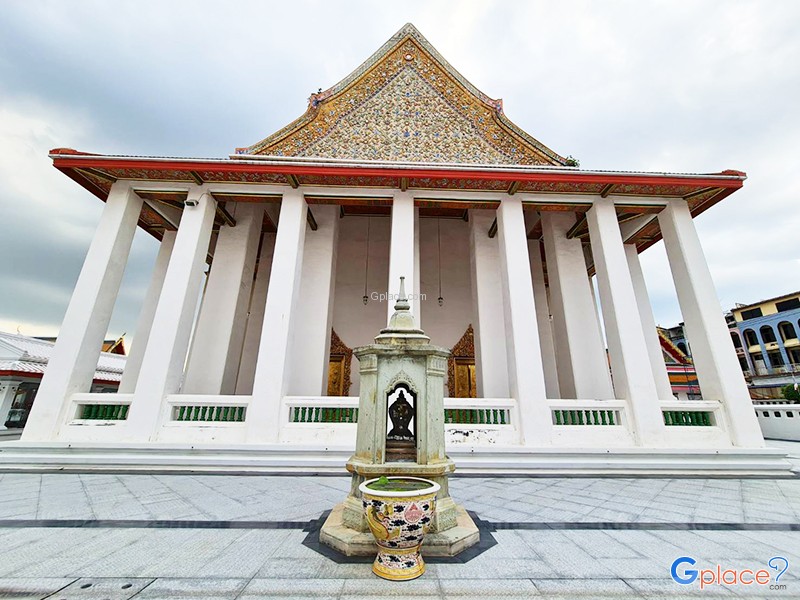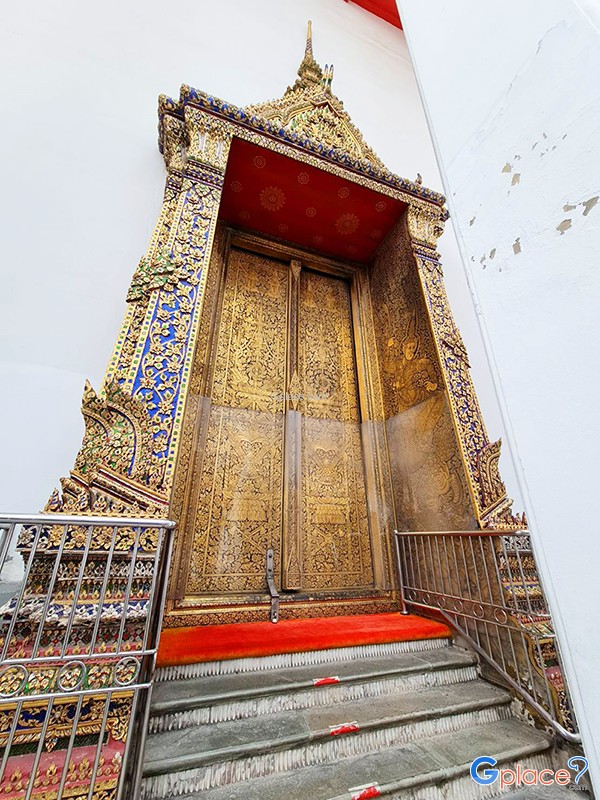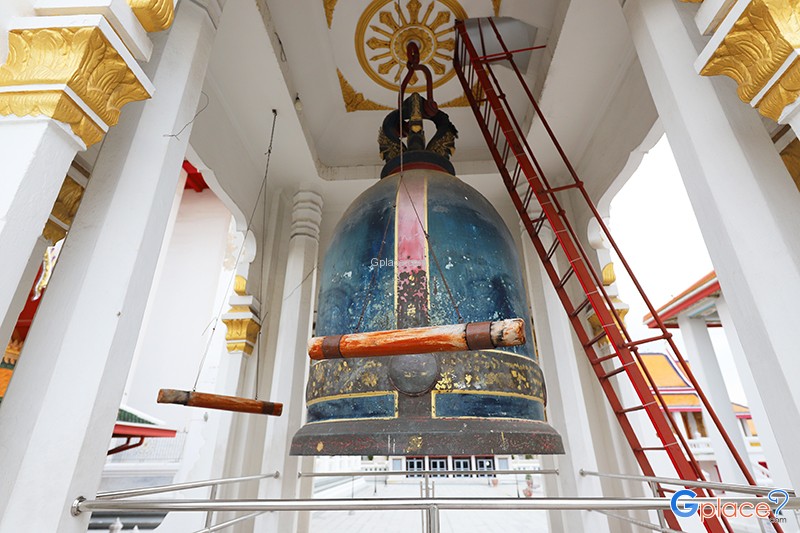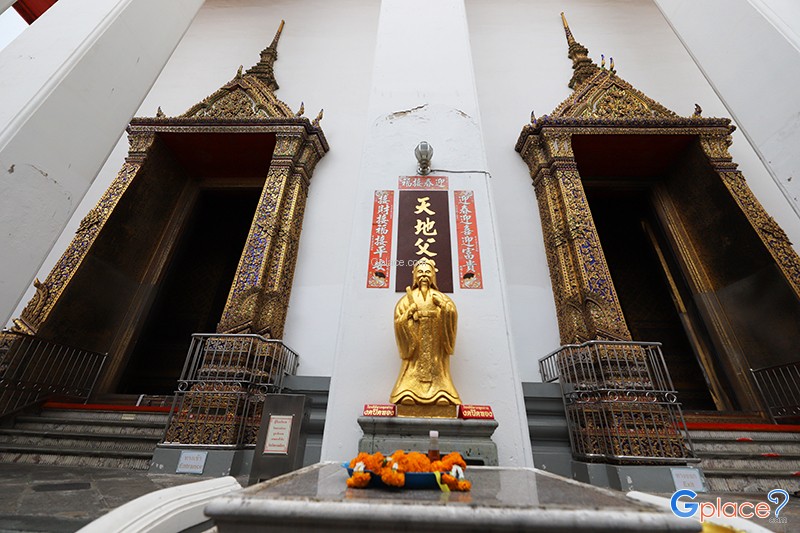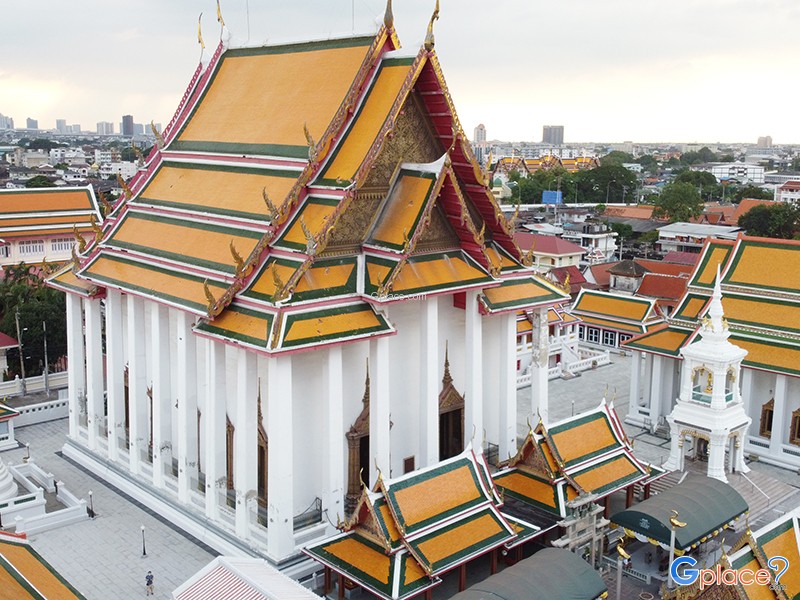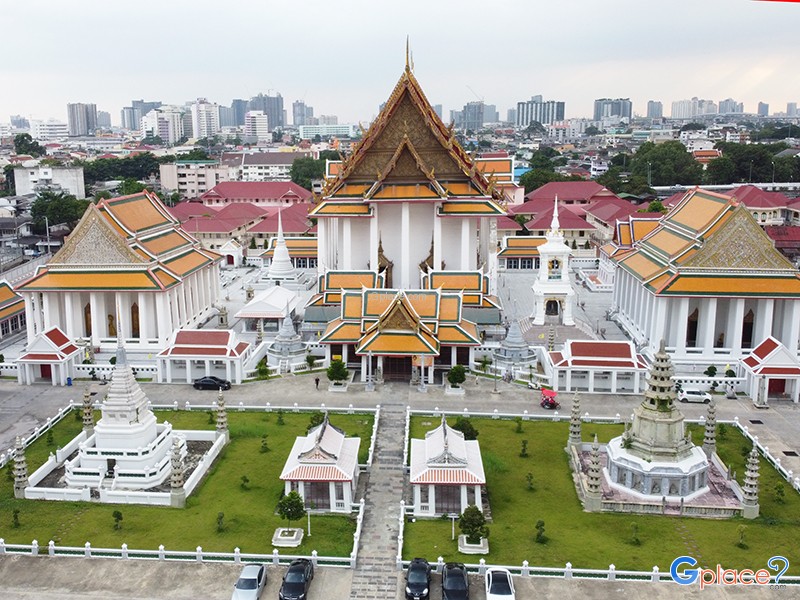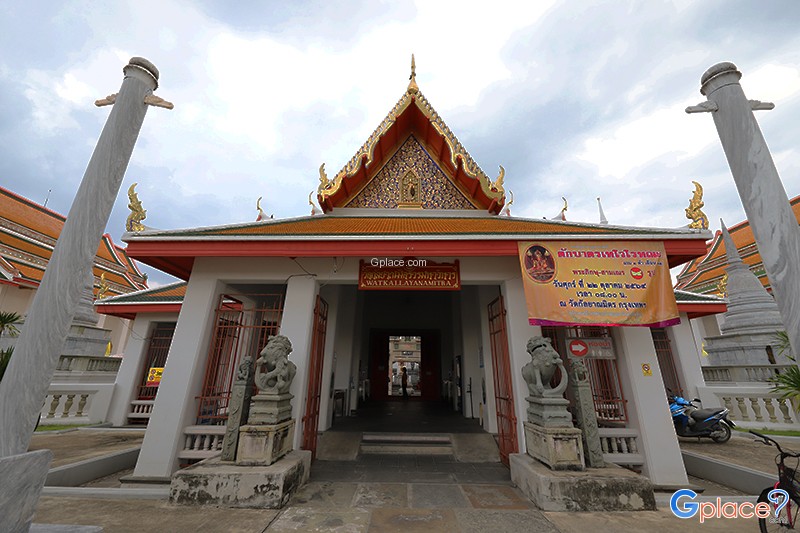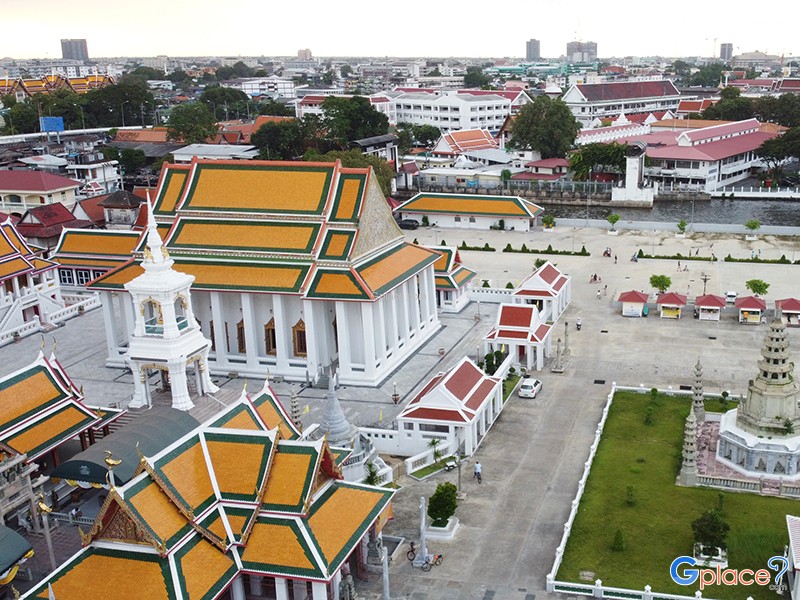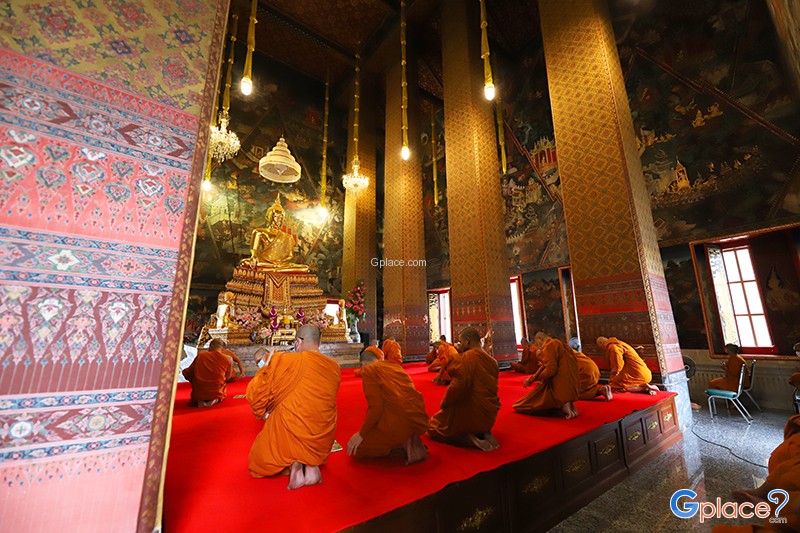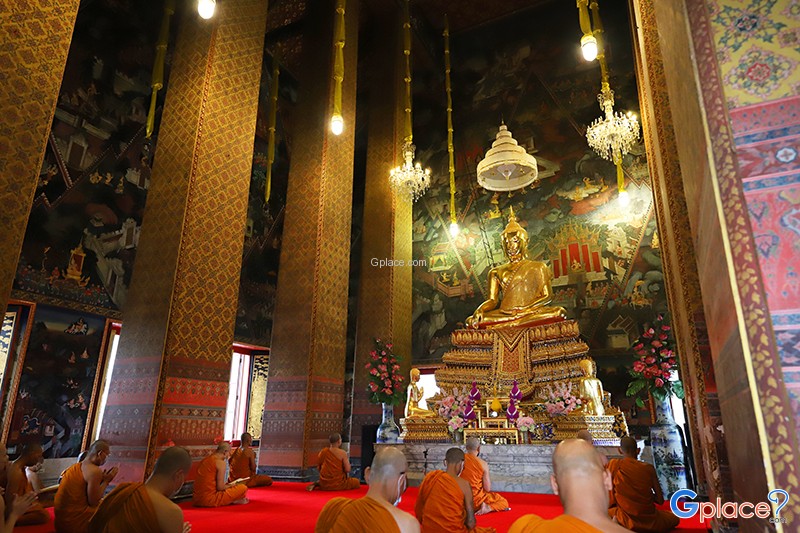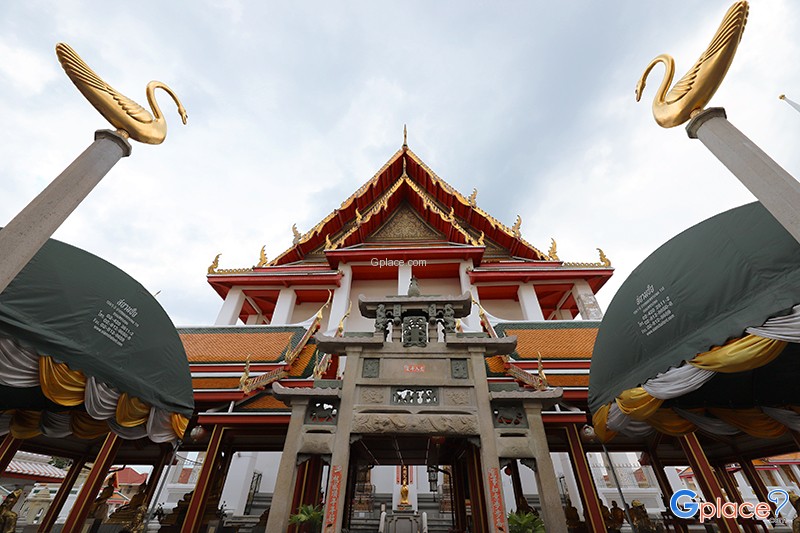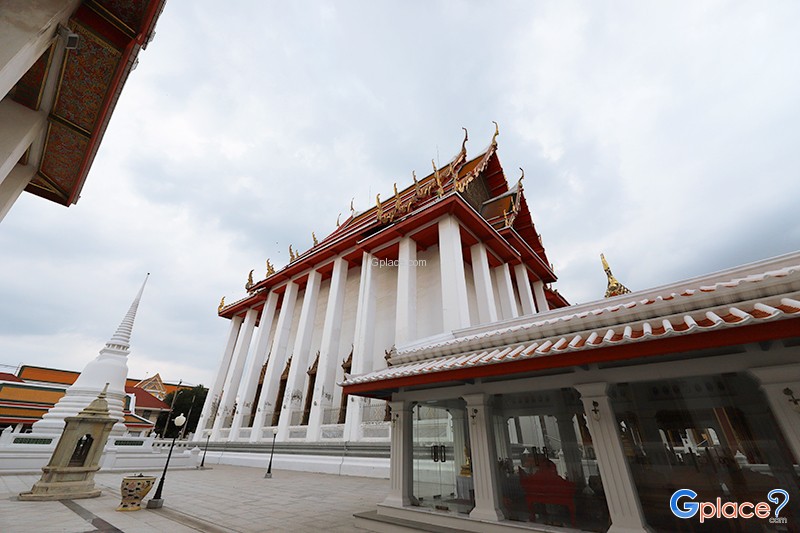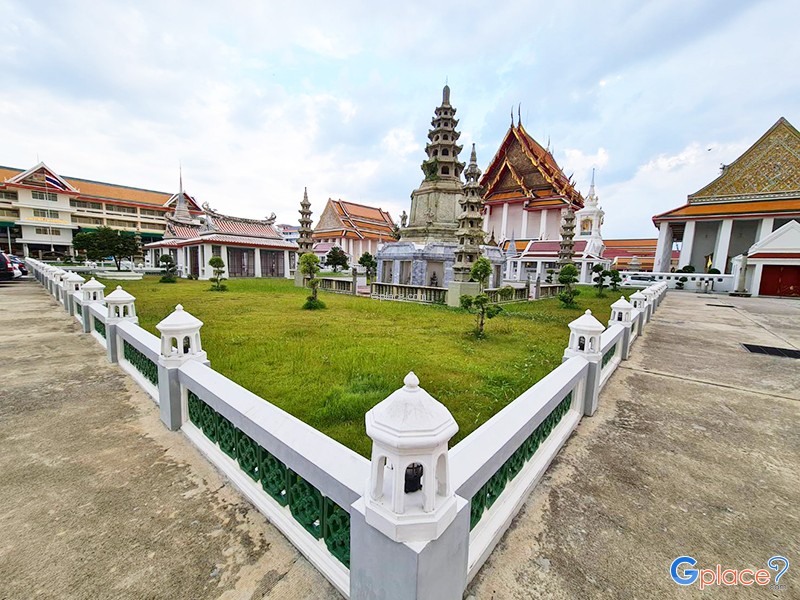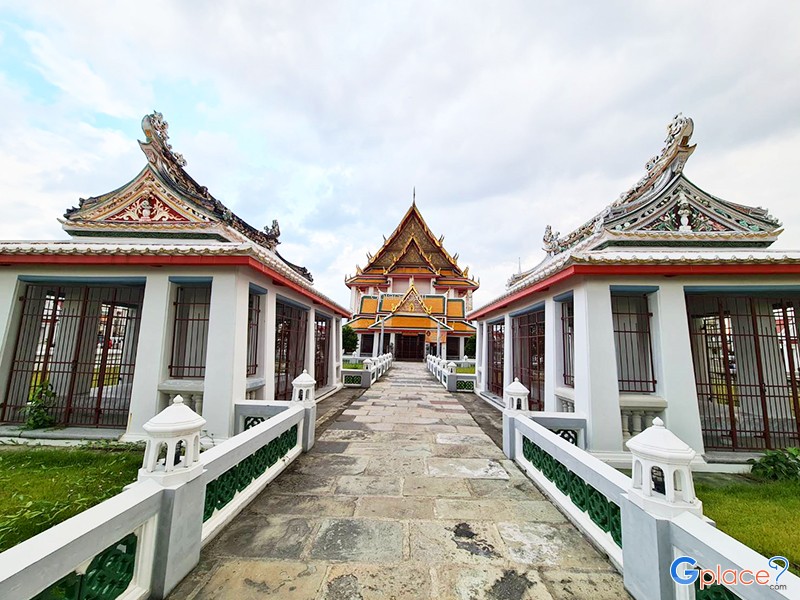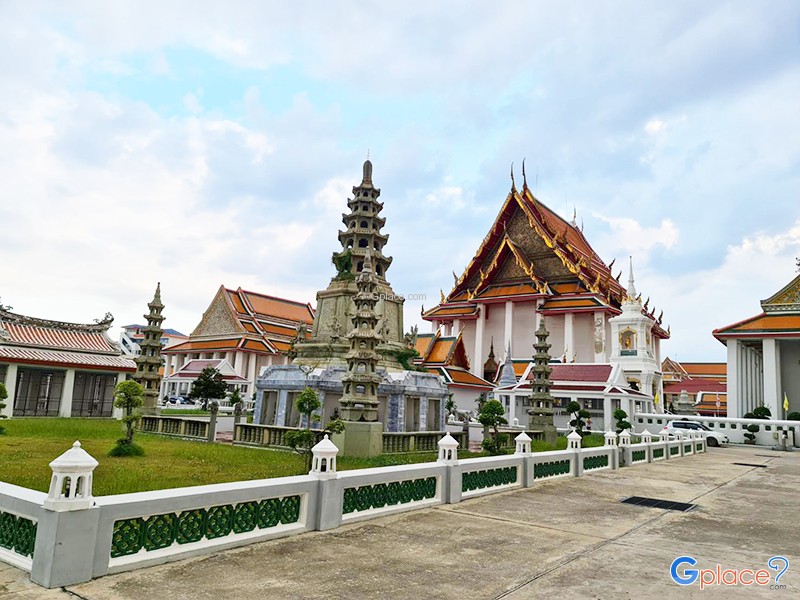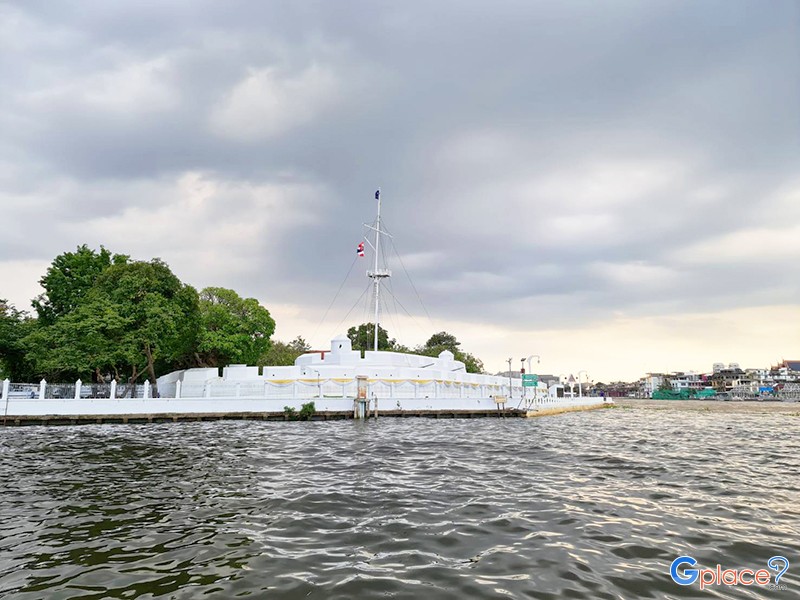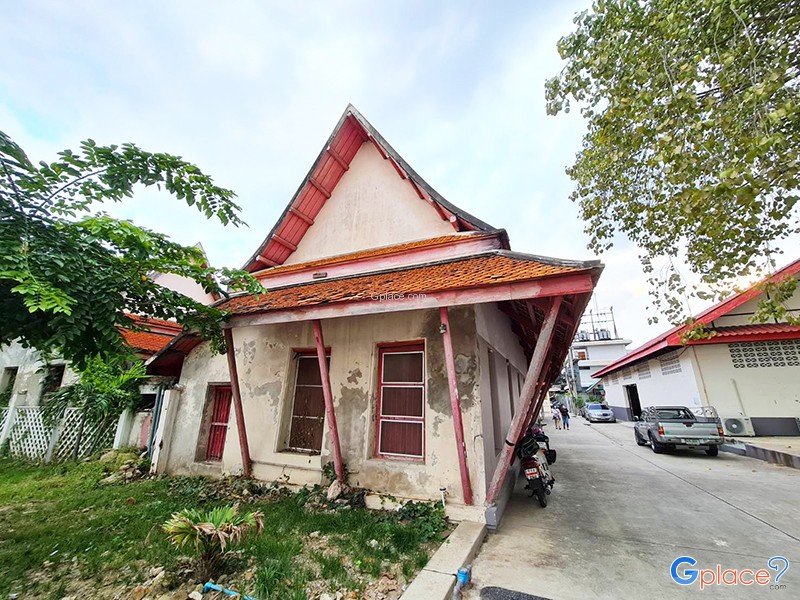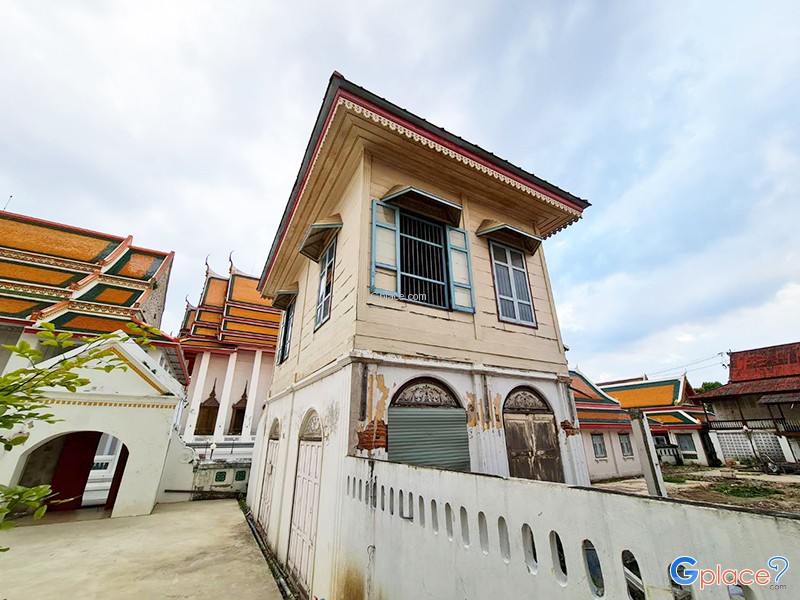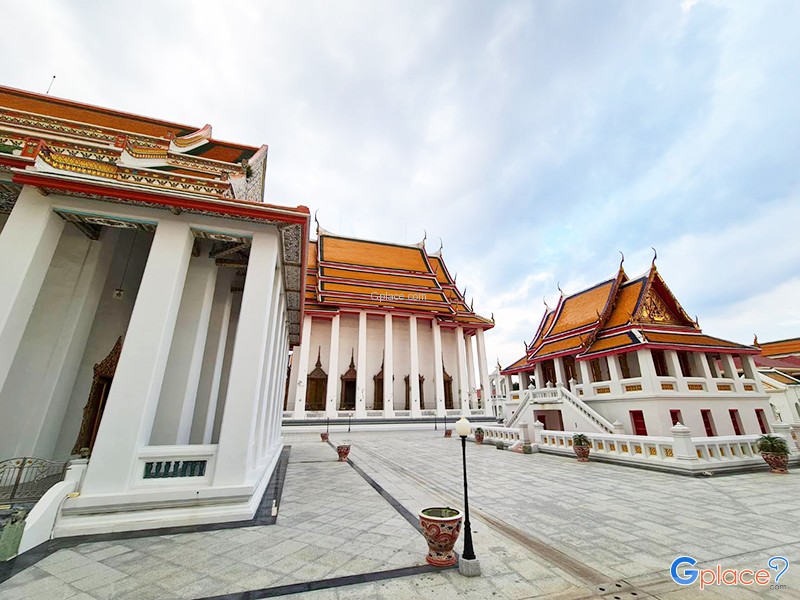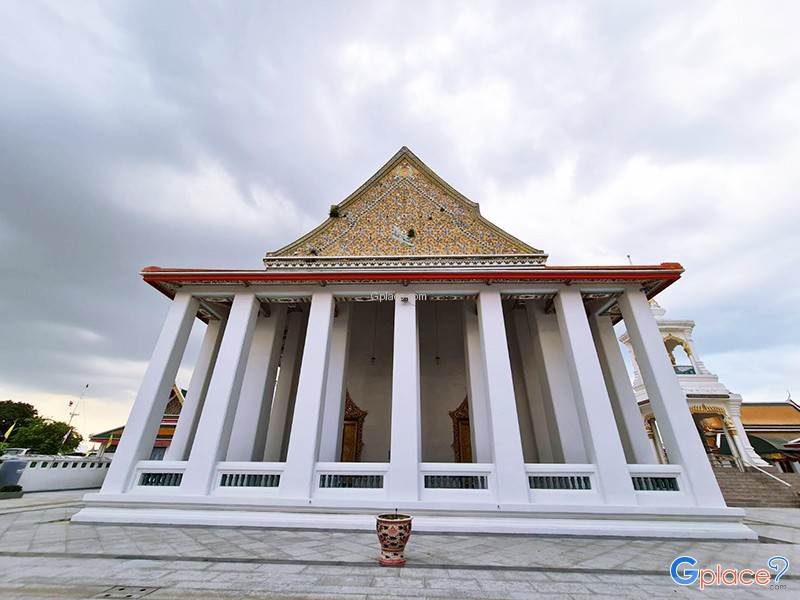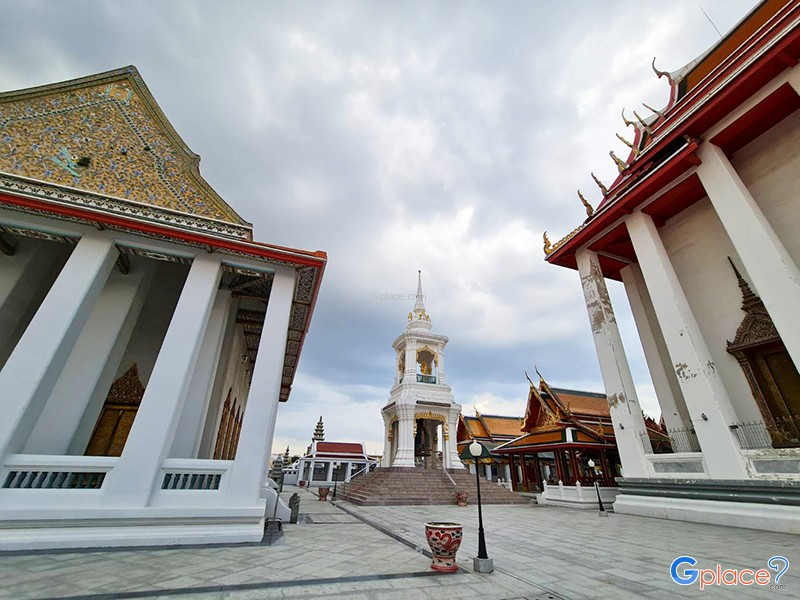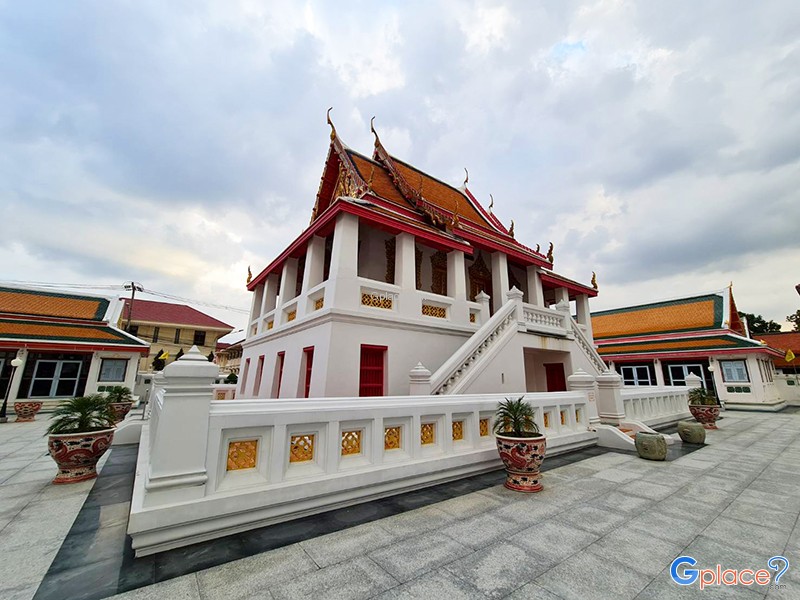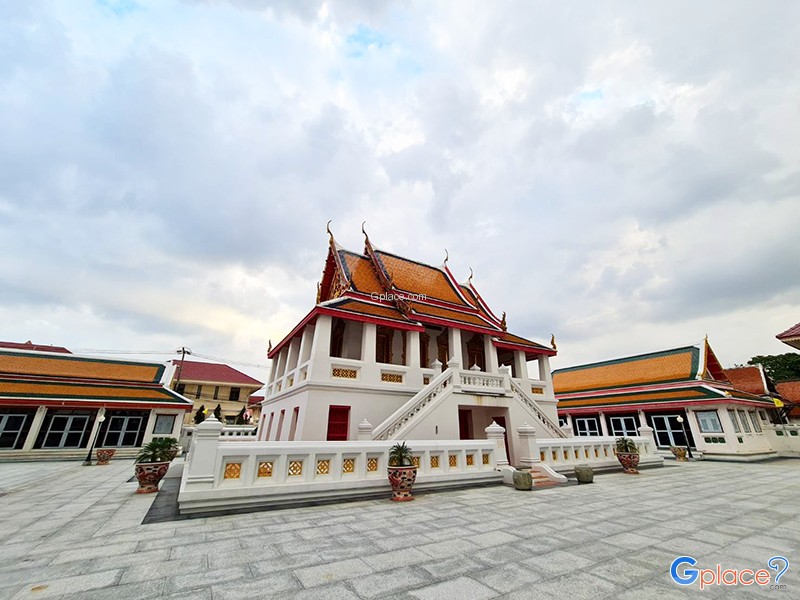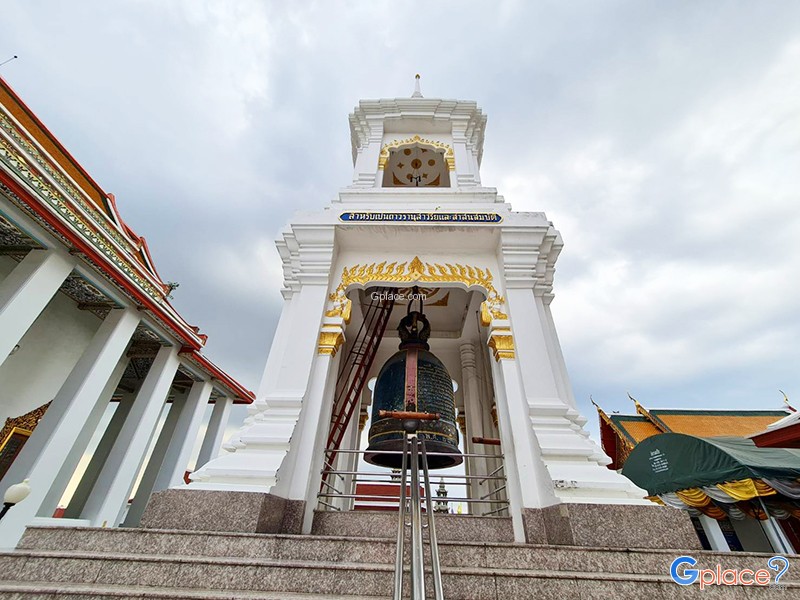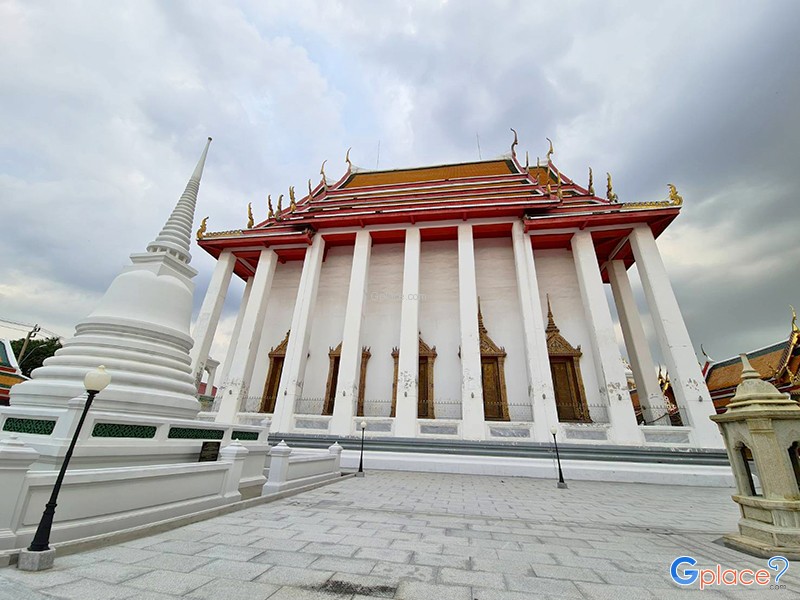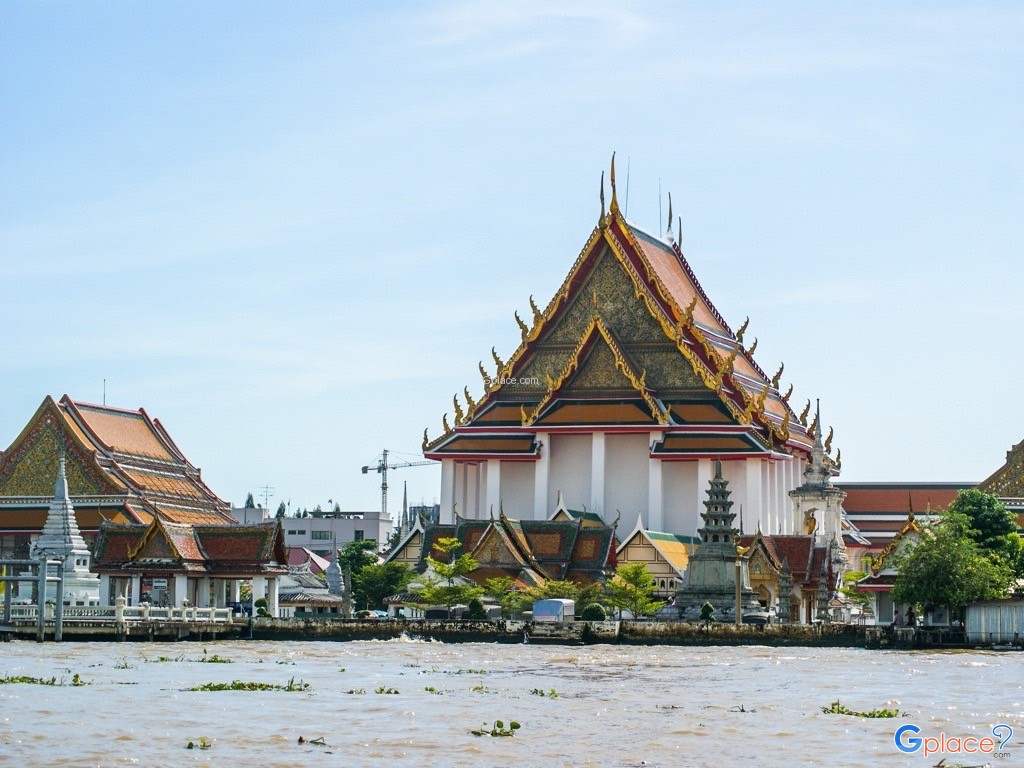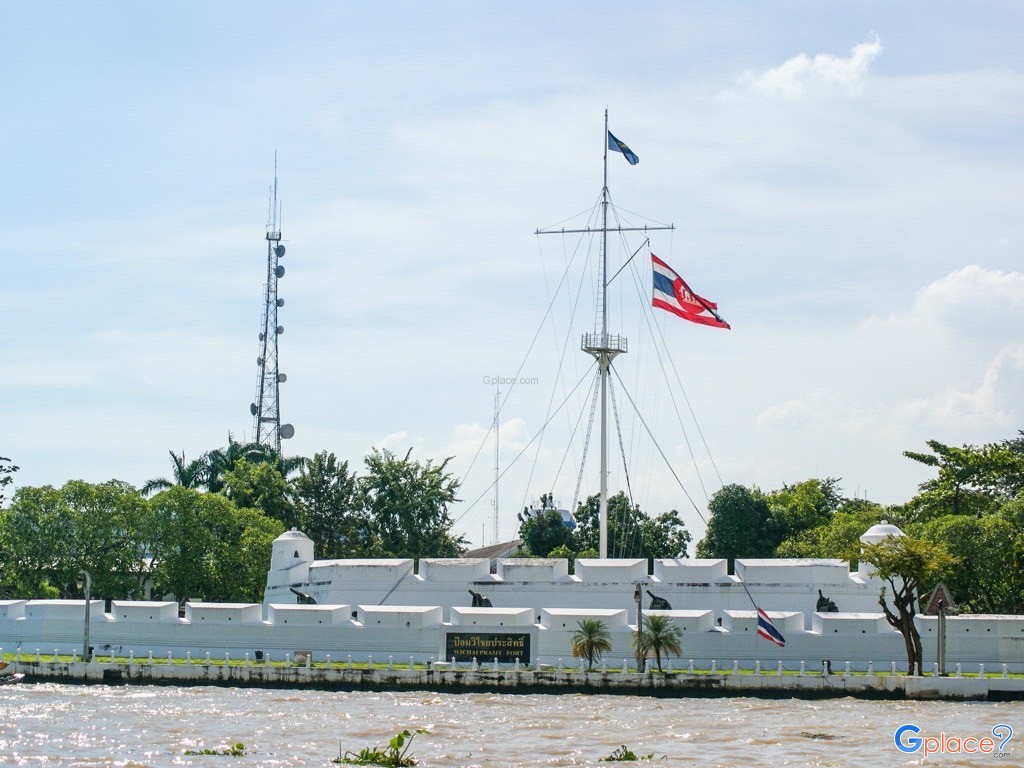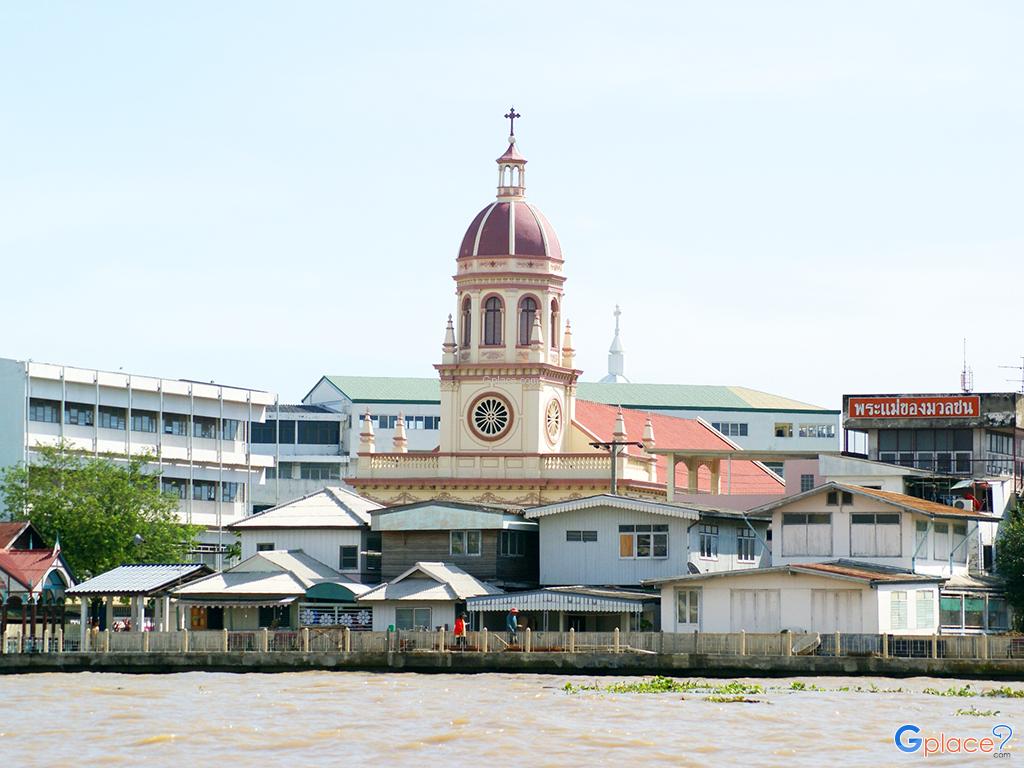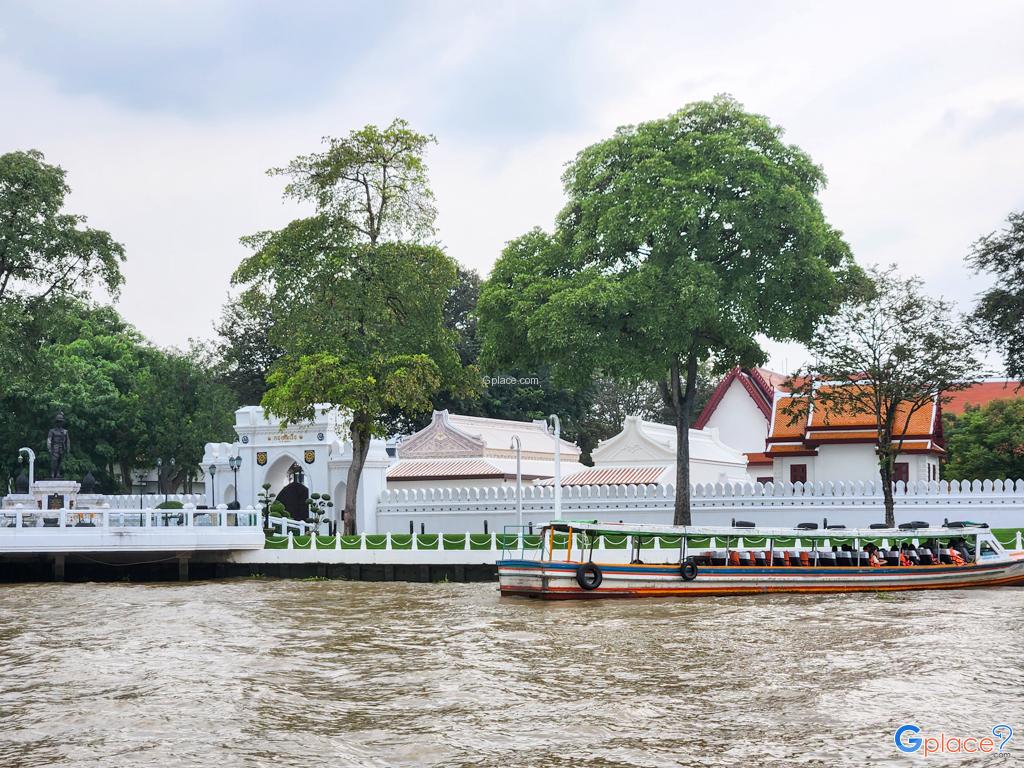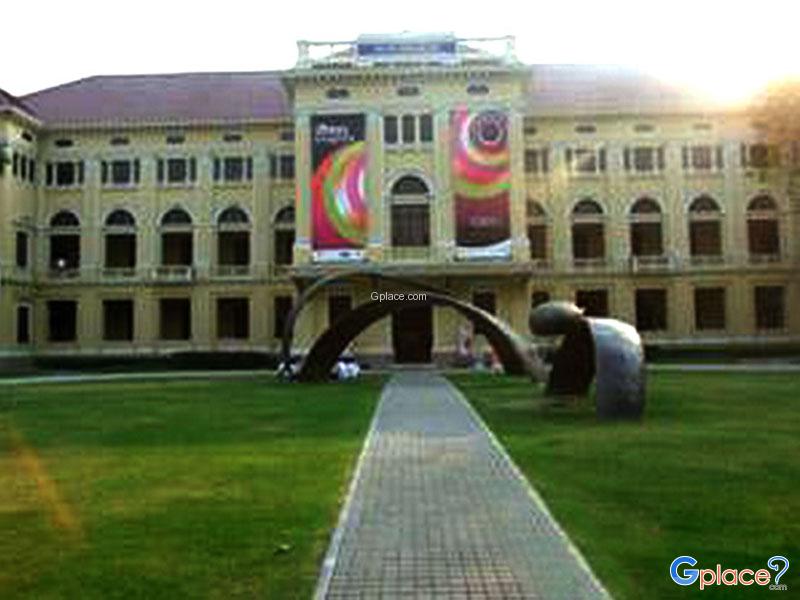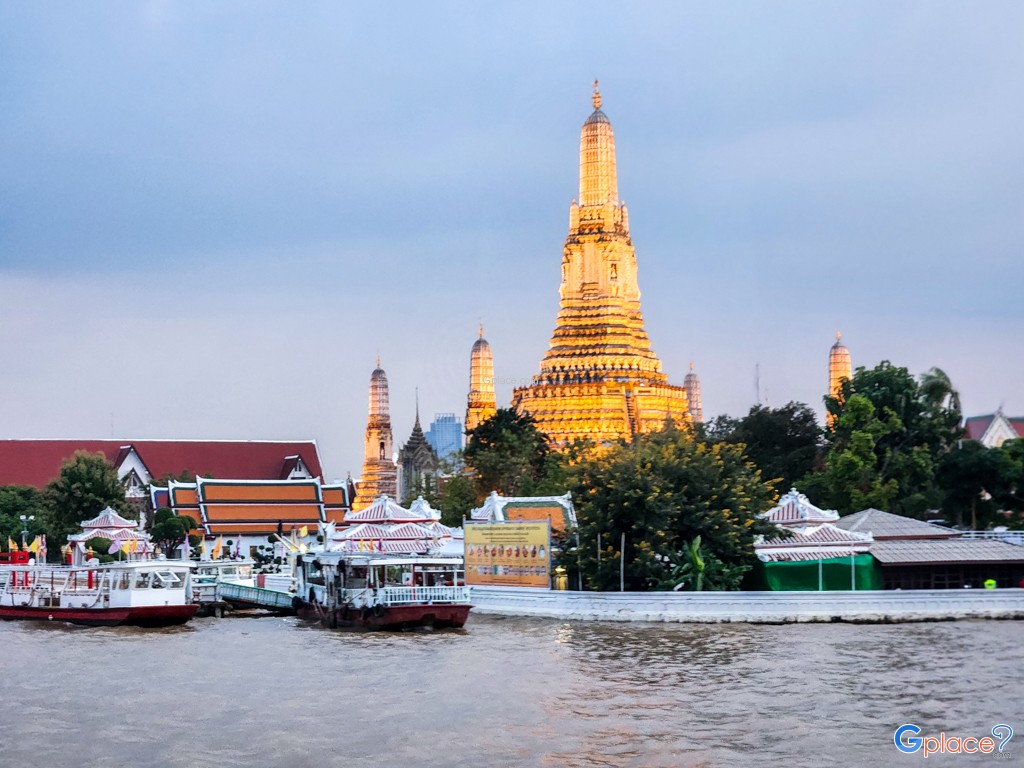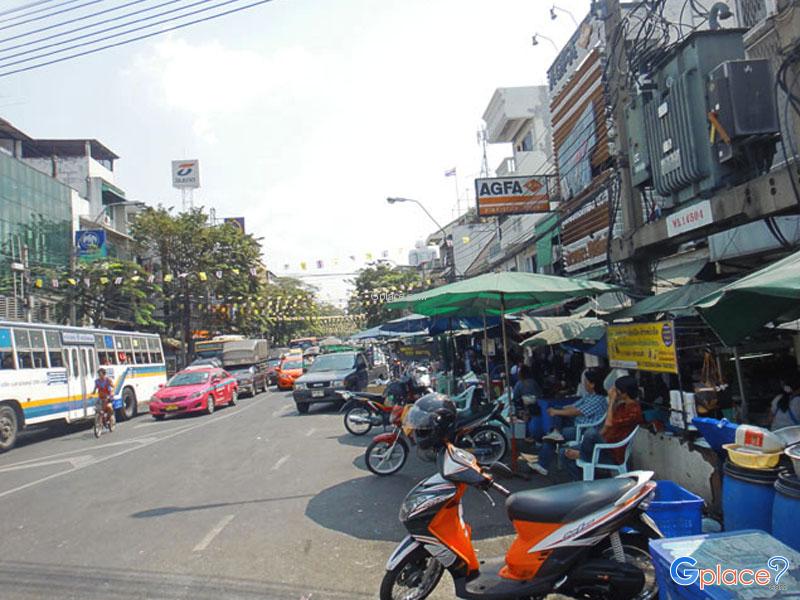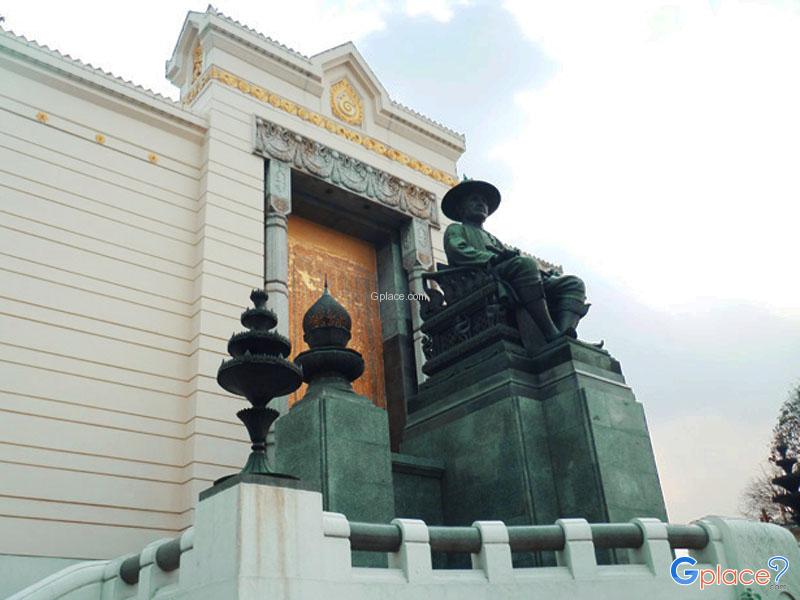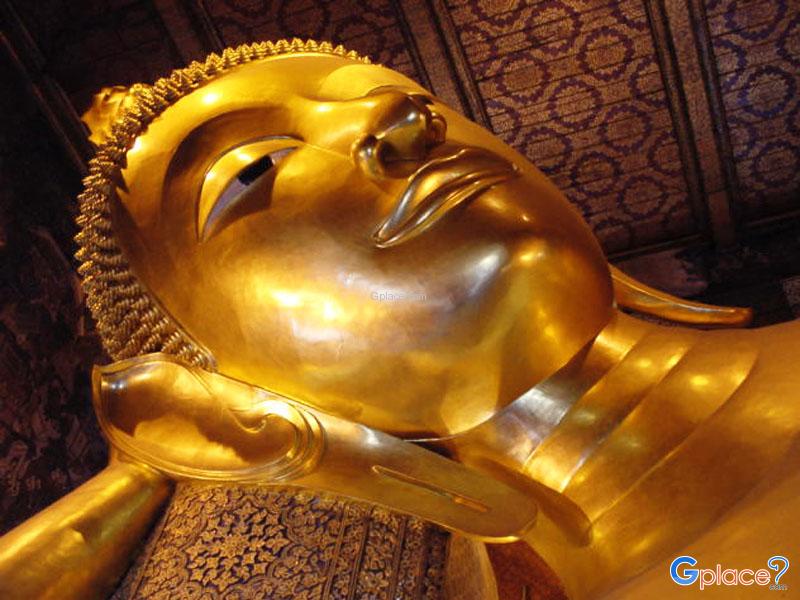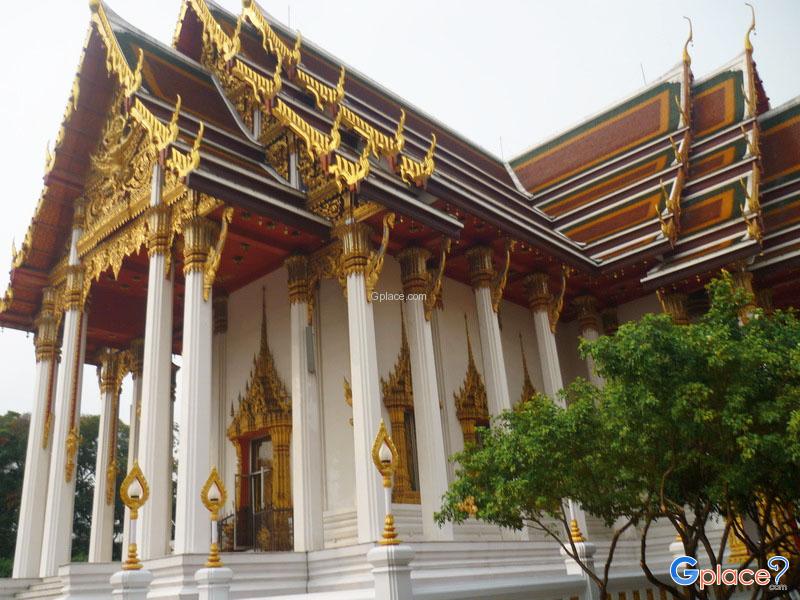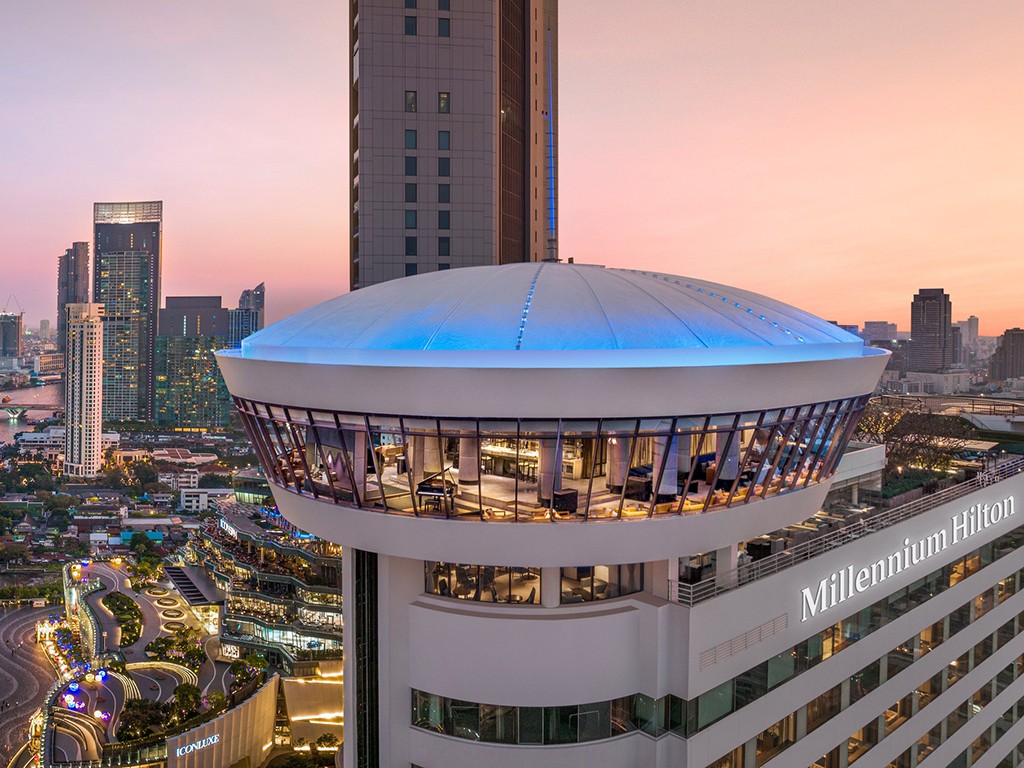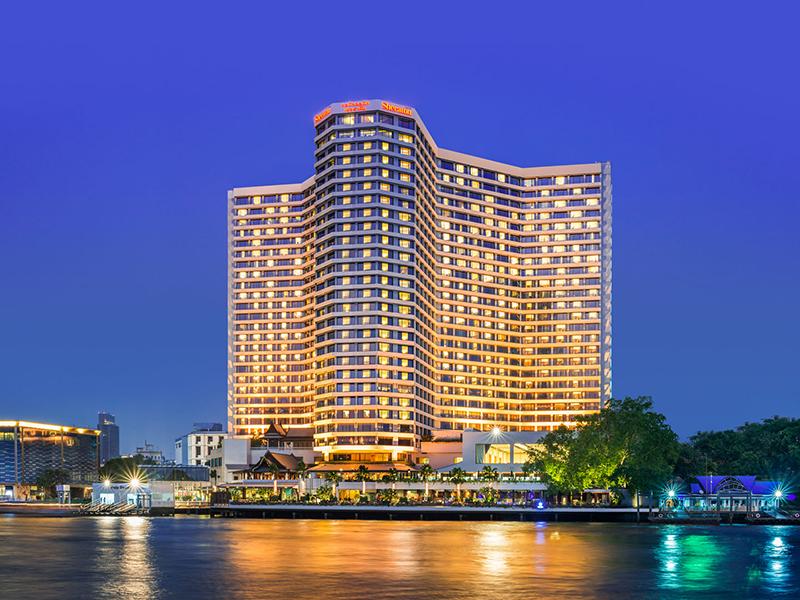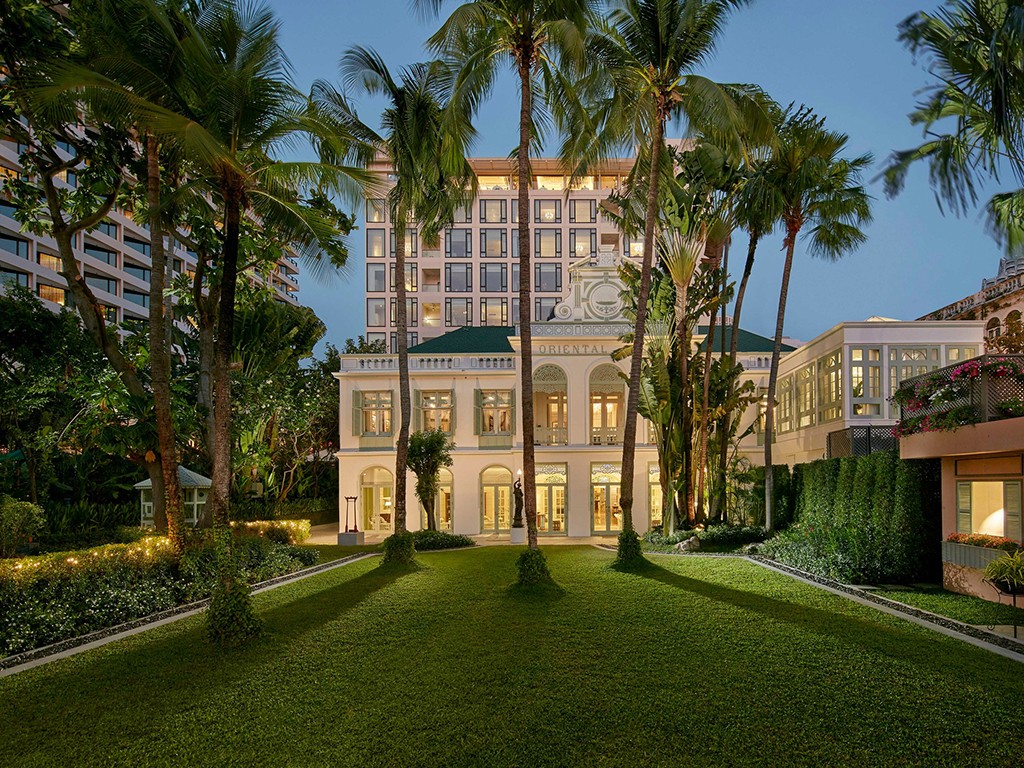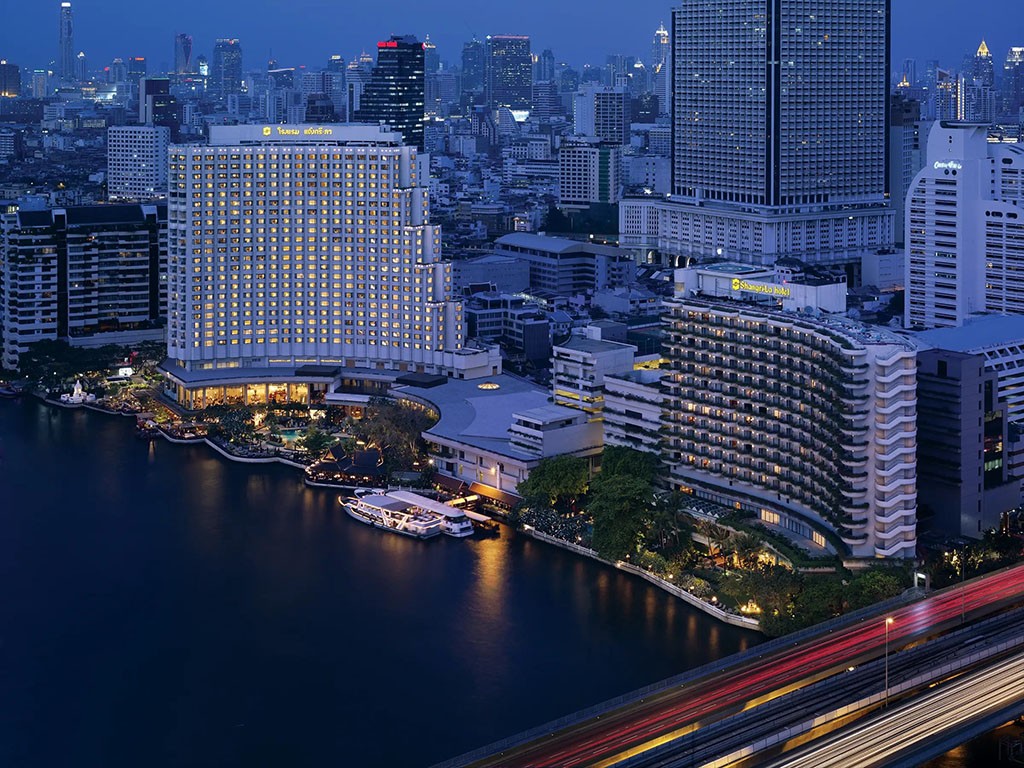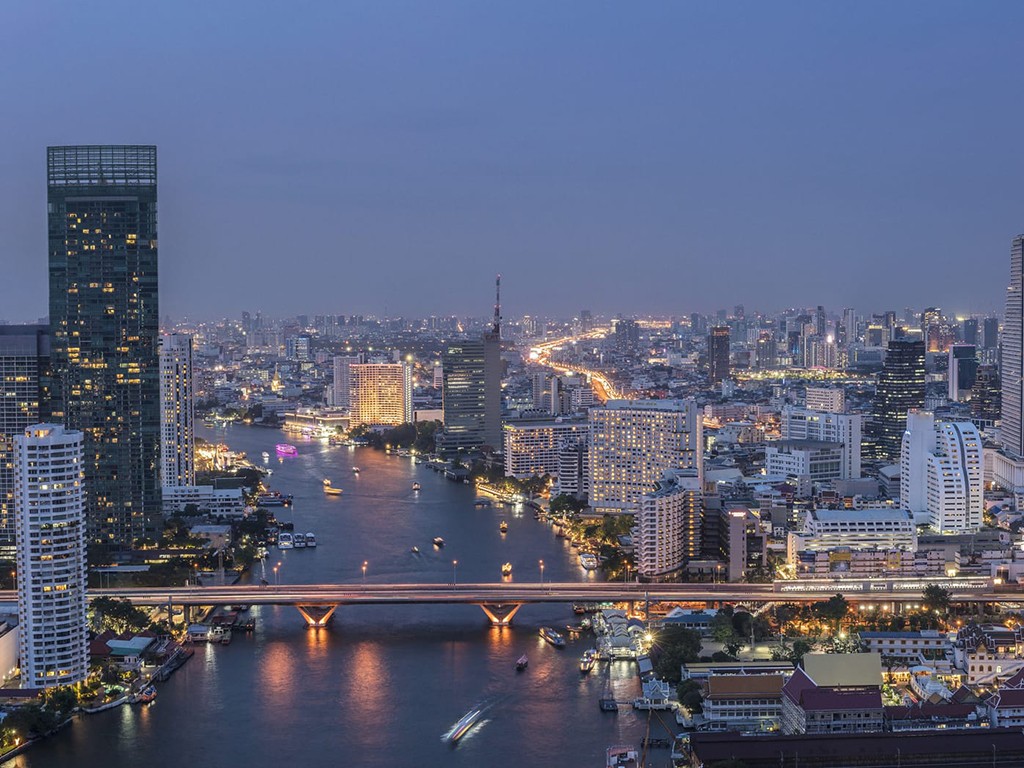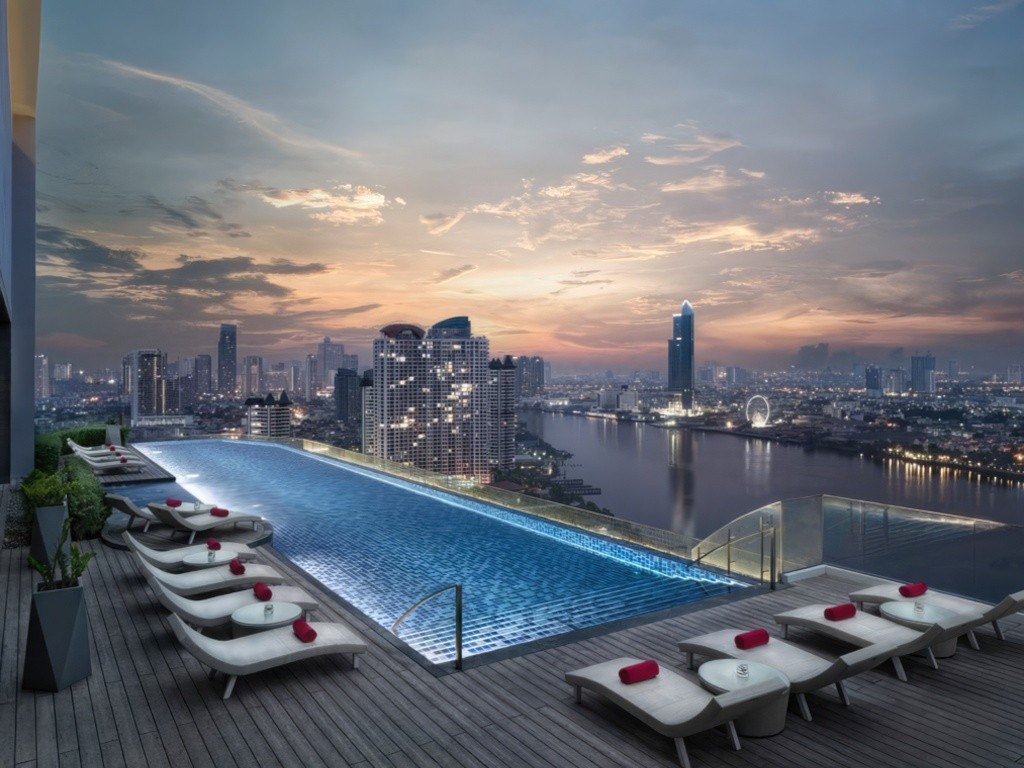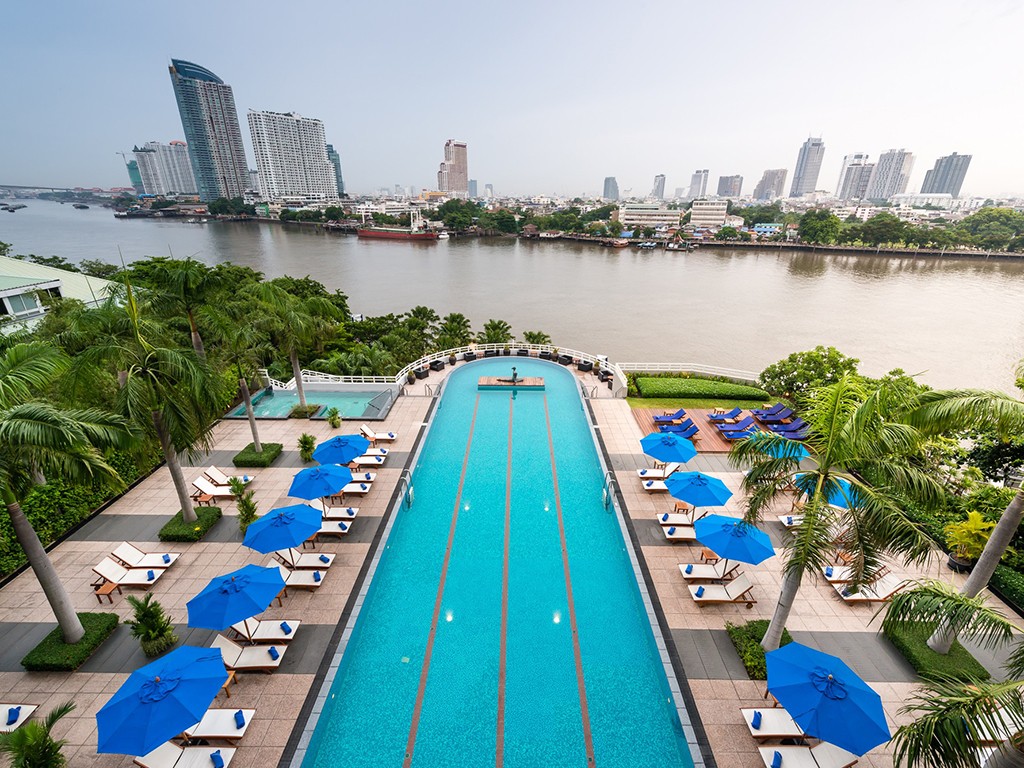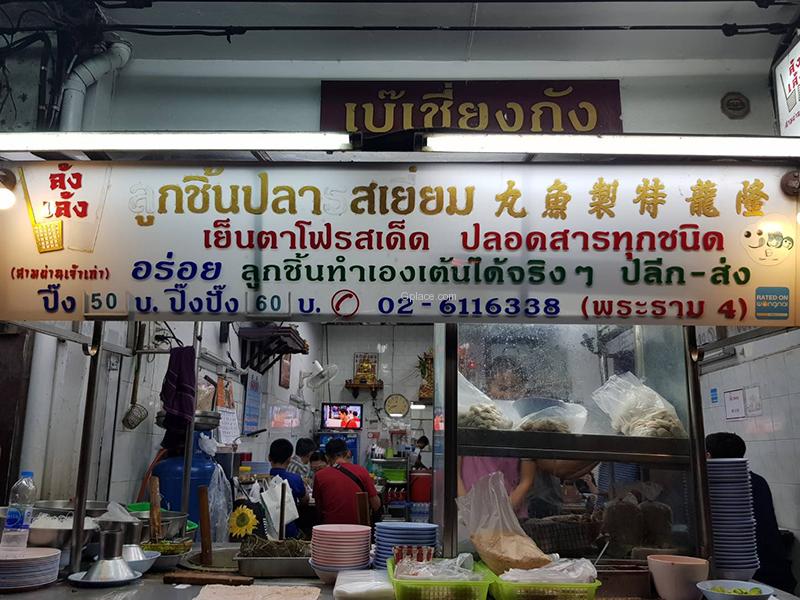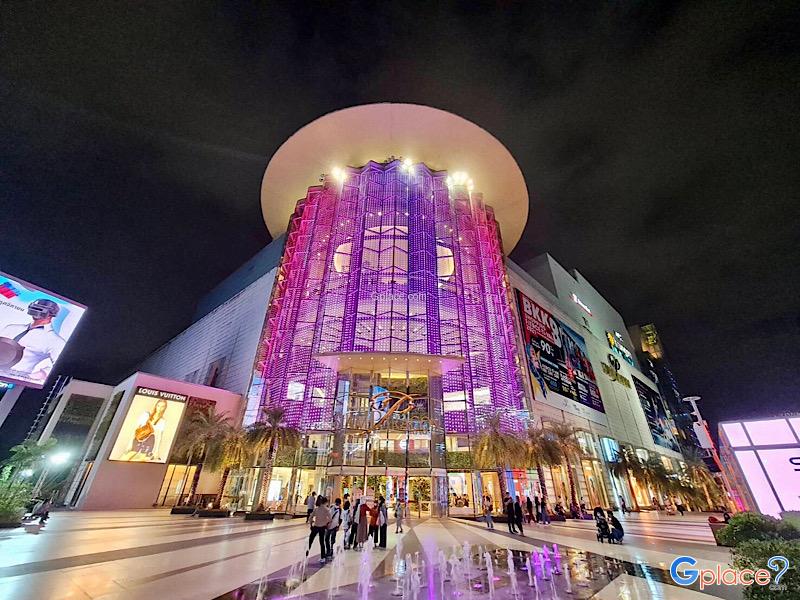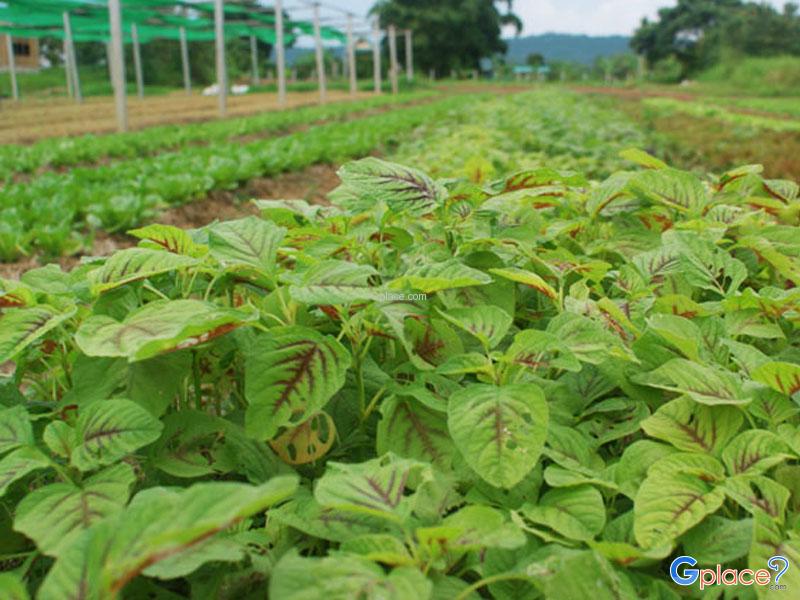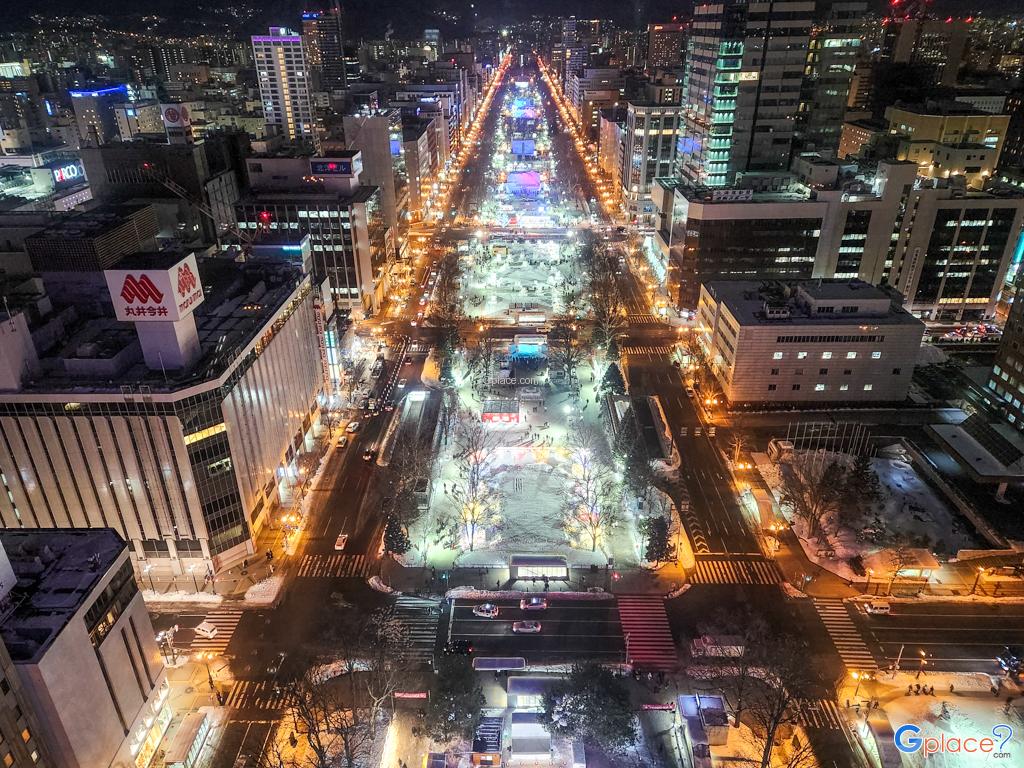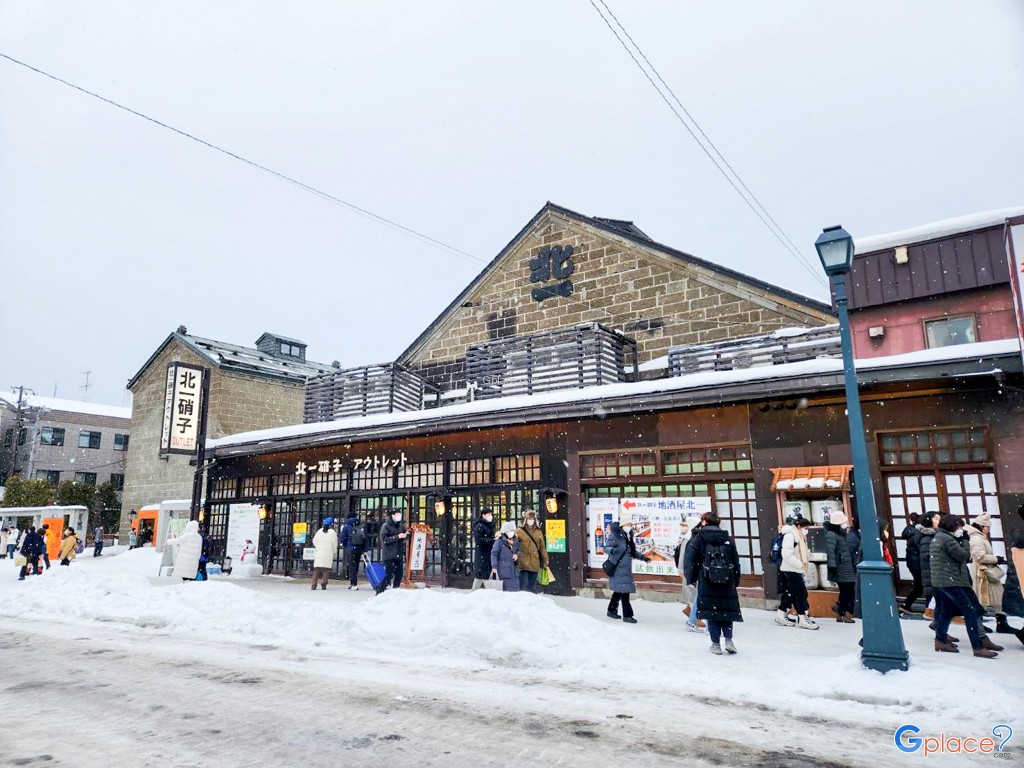“An ancient riverside temple renowned for its beautiful Thai-Chinese architectural fusion, impressive mural paintings, and significant Buddha statues.”
Wat Kalayanamit Worawihan is a third-class royal Buddhist temple with a long-standing history and religious importance situated along the Chao Phraya River in the Khlong San district of Bangkok. Established during the reign of King Rama III, it showcases a stunning blend of traditional Thai and Chinese architectural styles.
Inside the temple, visitors can find important Buddha statues as well as intricately detailed mural paintings depicting Buddhist stories. The temple grounds also feature distinctive Chinese pavilions and structures that offer a rich cultural experience.
During major Buddhist festivals such as Visakha Bucha and Sart Thai Day, the temple fills with devotees participating in candlelit processions and religious ceremonies. The atmosphere remains peaceful and reverent throughout the year.
Wat Kalayanamitr Worawihan is a popular destination for photographers, artists, and travelers who appreciate historic architecture and seek a tranquil riverside environment.
If you are looking for a place that combines history, faith, and art in Bangkok, Wat Kalayanamit Worawihan is a must-visit destination.
How to Get There
-
Take the BTS Skytrain to Saphan Taksin Station, then transfer to a ferry across to Wat Kalayanamitr Pier
-
Bus routes 1, 84, and 91 pass nearby
-
Taxi or private vehicle (limited parking available)
Travel Tips
-
The best time to visit is from November to February in the morning or late afternoon when the weather is cooler
-
Dress appropriately for visiting religious sites
-
Bring a camera to capture the beautiful murals and architecture
-
Try local riverside food and traditional Thai desserts near the temple
-
Public transport is recommended due to limited parking
Admission Fee:
-
Free for both local and foreign visitors
-
(Updated 2025 by the Tourism Authority of Thailand)
Opening Hours:
-
Open daily from 06:00 to 18:00
-
Please dress respectfully when entering sacred areas












